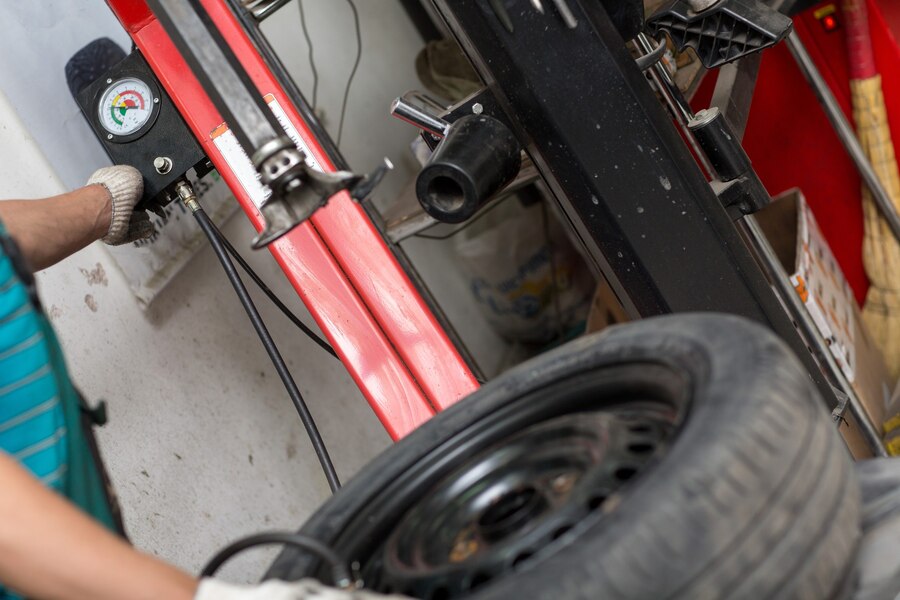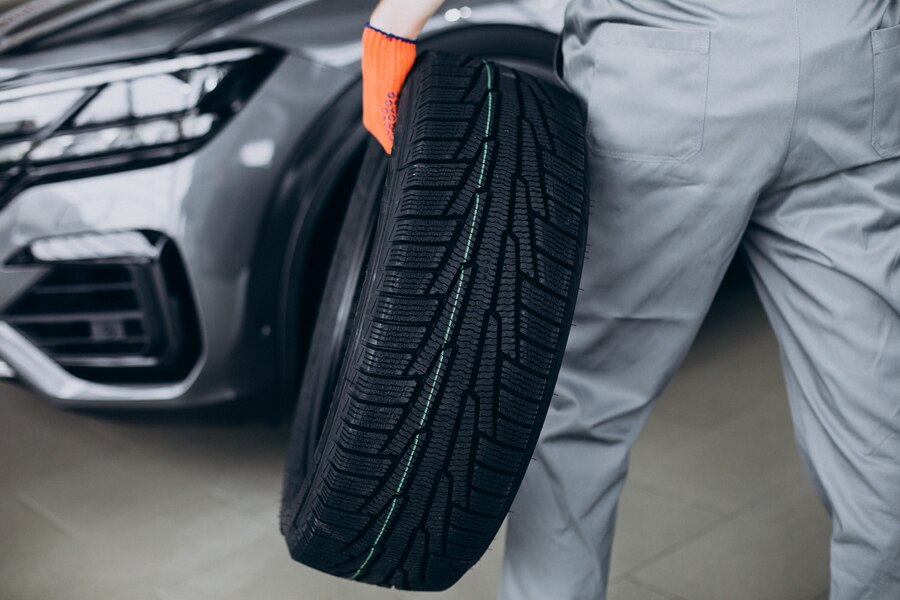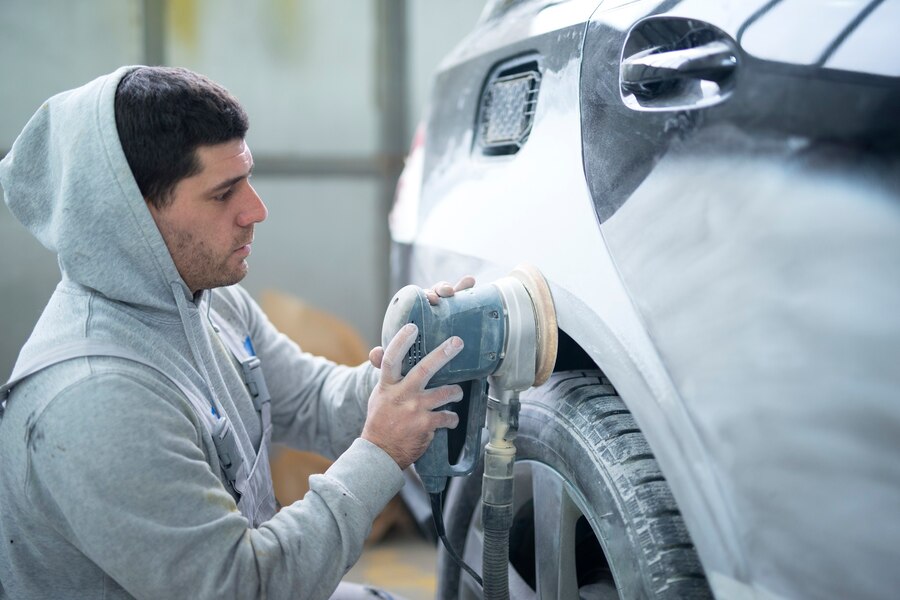Alignment and its terminology
What is alignment?
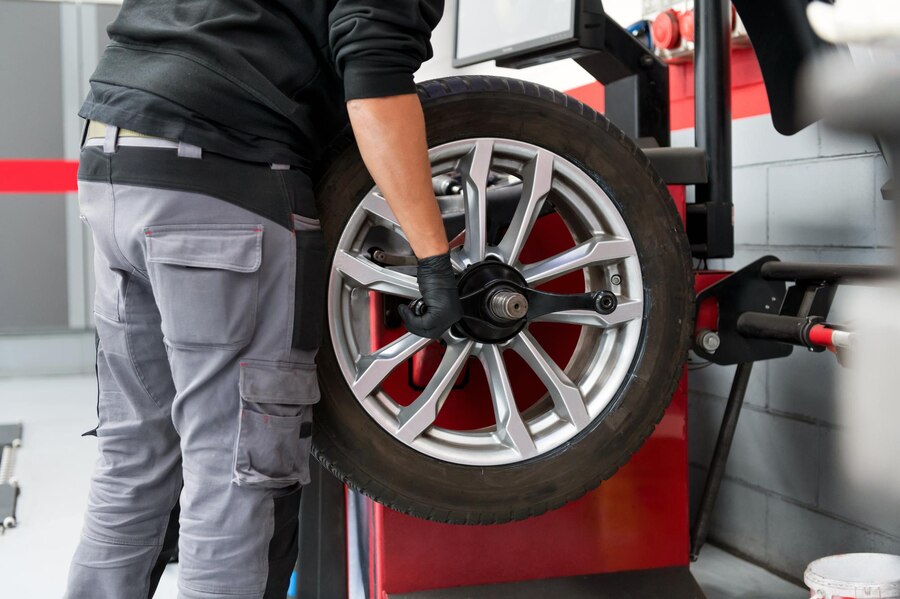
Automotive suspension system involves moving parts so wear of steering and suspension components is normal and is expected. As these components wear, alignment changes are normal, and have to be adjusted to bring the settings back into the specification range.
Alignment is also sensitive to ride height. As the springs get old and sag or bushings deform over time, the vehicle rides lower and misalignment occurs. This changes the load distribution across the tyre and affects the rate of tread wear (i.e., a heavily loaded area will wear more quickly than a lightly loaded area).
Whatever the cause of misalignment, the result is that the tyres do not roll as straight as they should. This causes scuffing; uneven, and (sometimes) rapid tread wear.
How important is alignment for longer tyre life?
A quality alignment is mandatory for even tread wear and proper handling. Front and rear tyres should be checked periodically for signs of uneven wear. A change in handling or steering feel can indicate that an alignment is needed. The moderate cost of a four-wheel alignment can more than pay for itself in tyre mileage, performance, and comfort.
Is wheel alignment the same as front-end alignment?
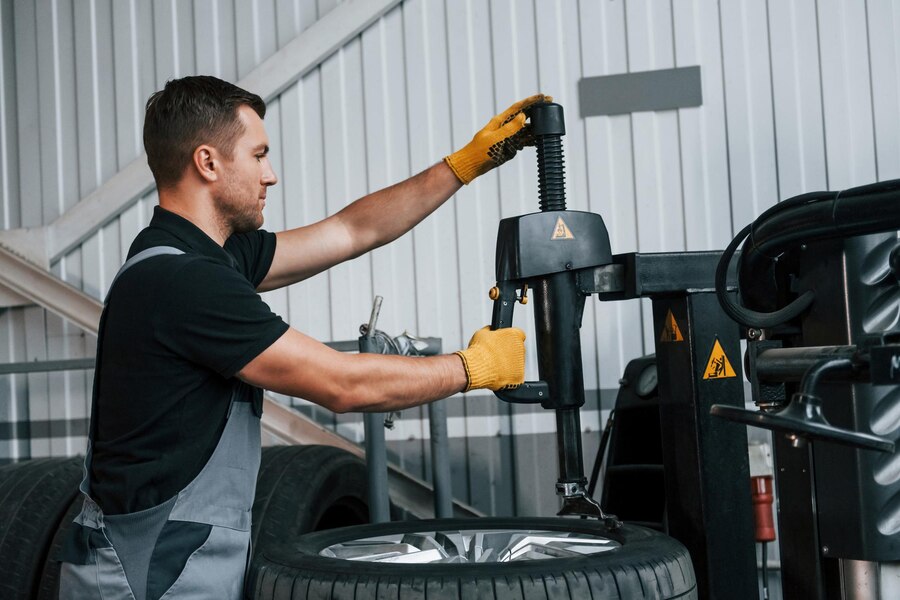
Is wheel alignment the same as front-end alignment?
Cars have changed. Modern suspension, steering, and drive train design all require a total vehicle, four-wheel approach to alignment for proper performance. More specifically, many vehicles today are equipped with a rear suspension design that requires an alignment check and possible adjustment. A misaligned rear suspension may cause problems for both front and rear tyres.
A common rear wheel alignment problem is an apparent crooked steering wheel that results from an excessive thrust angle (dog tracking). Too large a thrust angle can make it feel as if the vehicle is traveling slightly sideways and may require the steering wheel to be turned to keep the vehicle moving straight ahead.
What are the three terms usually involved in any discussion connected to alignment?
- Toe
- Camber
- Caster
What is toe?
Toe describes the measured distance between the two front tyres compared with the distance between the rear of the same two tyres. The objective of proper toe is to make the tyres roll essentially parallel to one another and, thus, minimize wear.
The left illustration in the above diagram shows positive toe. It is often called toe-in because the front of the tyres is closer together than the rear of the tyres. The right diagram shows negative toe, or toe-out. A toe-out condition exists when the rear of the tyres are closer together than the front.
What is camber?
Camber is the tilt of the top of a wheel inward (towards the vehicle) or outward (away from the vehicle).
Proper camber, in combination with the toe and caster, assures that the tread is as flat against the road as possible under all driving conditions.
An inward tilt is called negative camber. Too much negative camber causes accelerated wear on the inside edge of the tyres.
An outward tilt is called positive camber. Too much positive camber causes accelerated wear on the outside edge of the tyres.
Camber can be positive on one wheel and negative on the other wheel of the same axle. Or it can be negative or positive on both wheels on the same axle.
What is caster?
Caster is the forward (negative) or rearward (positive) tilt of the spindle steering axis on a car. Correct caster on a vehicle is never perfectly vertical, but is always set on a slight angle.
A bicycle provides a good example of caster. The fork on which the front wheel is mounted is almost always tilted backwards from a vertical line drawn through the hub of the wheel. This gives the front wheel positive caster.
The basic purposes of caster are :-
- To maintain directional control
- To return the vehicle to a straight ahead position when exiting a turn
Insufficient caster can cause wander or a light feeling in the steering. Excess positive caster can cause hard steering in extreme cases. Unequal caster can cause the vehicle to pull toward the side with the least positive caster.
When caster is out of the manufacturer's specification range, tyre wear may occur because the wheel has an incorrect camber on turns. However, loose or worn steering or suspension parts that would produce an incorrect caster angle would also affect camber and toe. These, too, would lead to tyre wear.
Expert evaluation with precision measuring equipment is the only way o determine the exact nature of an alignment problem and the necessary corrections.
Recommended alignment specifications
- toe - in: set to the preferred setting recommended by the vehicle manufacturer, both front and rear.
- Caster: set to the preferred setting within the tolerances specified by the vehicle manufacturer.
- Camber: set to the preferred vehicle manufacturer’s specification.
How often should the alignment of the vehicle be done?
This varies from vehicle to vehicle. Like a passenger car should be aligned every 5000kms, but a vehicle like our Sumo needs to be aligned every 4000 kms.
Some common causes for tyre wear and the causes for it…
| Problem | Cause |
|---|---|
| Shoulder Wear Both shoulders wearing faster than the centre of the tread |
Under inflation Repeated high-speed cornering Improper matching of rims & tyres Tyre Rotation Not Done |
| Centre Wear The centre of the tread is wearing faster than the shoulders |
Over inflation Improper matching of rims & tyres Tyre rotation not done |
| One Sided Wear One side of the tyre wearing out unusually fast |
Improper wheel alignment – Camber Tyre rotation not done |
| Spot Wear A part or a few parts of the circumference of the tread are wearing faster than other parts |
Faulty suspension, rotating parts or brake parts Dynamic imbalance of the tyre/rim assembly Sudden braking and rapid starting Under inflation |
| Diagonal Wear A part or a few parts of the tread are wearing diagonally faster than other parts |
Faulty suspension, rotating parts or brake parts Improper wheel alignment Dynamic imbalance of the tyre/rim assembly Tyre rotation not done Under inflation |
| Feather-Edged Wear The blocks or ribs of the tread are wearing in a feather-edge pattern |
Bent axle beam Improper wheel alignment – Faulty toe in |
